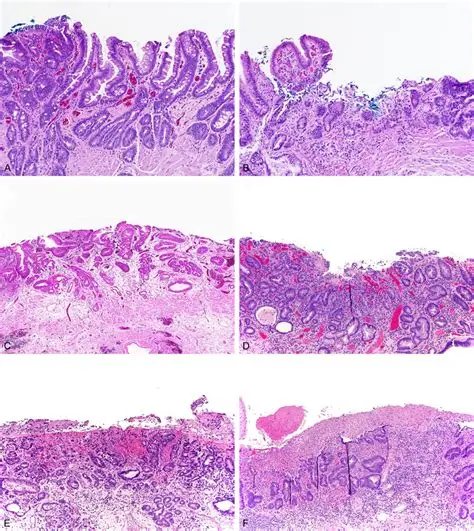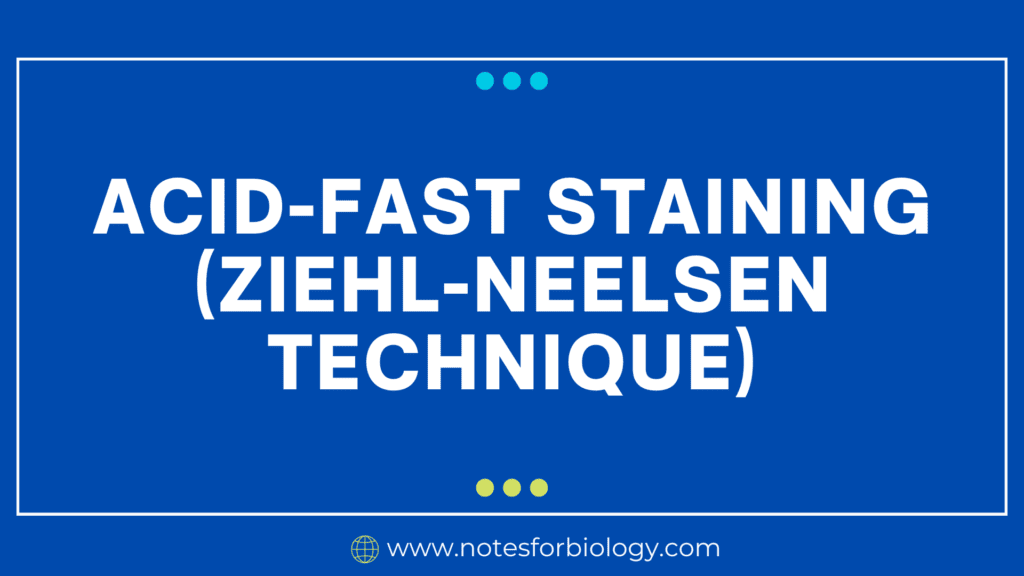Introduction
Enteroaggregative Escherichia coli (EAEC) is a distinct pathotype of Escherichia coli (E. coli), a bacterium commonly found in the intestines of humans and animals. Unlike harmless E. coli strains, EAEC is pathogenic and known for causing persistent diarrhea, especially in children, immunocompromised individuals, and travelers.
It earns the name “aggregative” due to its unique ability to stack on epithelial cells in a brick-like fashion. This stacking allows EAEC to colonize, evade host defenses, and produce toxins that disrupt intestinal function.

This document provides an in-depth yet simplified explanation of EAEC—covering its classification, structure, virulence factors, pathogenesis, symptoms, diagnosis, treatment, prevention, and public health significance.
Table of Contents
What is Enteroaggregative E. coli (EAEC)?
Enteroaggregative E. coli is one of the six major diarrheagenic E. coli pathotypes, characterized by:

- Aggregative adherence to intestinal cells
- Biofilm formation
- Toxin production
It was first identified in 1987 and has since emerged as a leading cause of prolonged watery diarrhea worldwide.
Key Characteristics:
- Gram-negative
- Facultative anaerobic rod
- Non-spore-forming
- Motile (possesses flagella)
- Lactose fermenter
Epidemiology
EAEC is a globally distributed pathogen, especially in developing countries, and affects:
- Children under five years old
- Travelers to endemic regions
- HIV/AIDS patients and the immunocompromised
Outbreaks have also occurred in developed countries, highlighting its adaptability and significance.
Morphology and Growth
- Appears as pink colonies on MacConkey agar (lactose fermenter)
- Forms biofilms on plastic surfaces and intestinal epithelium
- Shows “stacked brick” pattern under microscopy during adherence assays
Virulence Factors of Enteroaggregative E. coli(EAEC)
Enteroaggregative E. coli(EAEC) possesses a range of factors that contribute to its pathogenicity:
1. Aggregative Adherence Fimbriae (AAF)
These are hair-like structures that allow EAEC to stick to epithelial cells in a stacked pattern.
2. Dispersin
Helps EAEC spread along the intestinal wall by breaking up dense clusters.
3. Toxins
- EAST-1 (Enteroaggregative heat-stable toxin 1): Increases fluid secretion.
- Pet toxin (Plasmid-encoded toxin): Damages intestinal cells, causes inflammation.
- ShET1: Involved in electrolyte imbalance and diarrhea.
4. Biofilm Formation
EAEC produces a thick mucus-like biofilm, protecting the bacteria from the host immune system and antibiotics.
5. Plasmid pAA
Many of these virulence genes are encoded on the pAA plasmid, making them transferable and adaptable.
Pathogenesis – How Enteroaggregative E. coli(EAEC) Causes Disease
The disease process can be summarized in several key steps:
1. Adherence
EAEC adheres to the intestinal mucosa via aggregative fimbriae, stacking in a brick-like pattern.
2. Biofilm Formation
Bacteria secrete mucous substances to form a protective film over the epithelial cells.
3. Toxin Production
Toxins like EAST-1 and Pet disrupt the cell membrane and trigger fluid secretion and inflammation.
4. Mucosal Damage

Chronic inflammation leads to intestinal injury, poor absorption, and prolonged diarrhea.
5. Persistent Colonization
Biofilms and dispersin allow the bacteria to stay longer in the intestines, making the infection persistent.
Clinical Manifestations
EAEC can cause a variety of symptoms, depending on the host’s immune status and age:
Common Symptoms:
- Watery diarrhea (can be persistent, lasting >14 days)
- Mucus in stool
- Low-grade fever
- Abdominal cramps
- Nausea and vomiting
In Children:
- Dehydration
- Malnutrition due to prolonged illness
- May cause growth retardation in chronic cases
In Adults:
- Usually self-limiting
- Travelers’ diarrhea is common
- May be asymptomatic carriers
Diagnosis of Enteroaggregative E. coli(EAEC)
Enteroaggregative E. coli(EAEC) cannot be diagnosed through routine stool cultures alone. More specialized tests are needed:
1. Adherence Assay (HEp-2 Cells)
- Gold standard test
- Detects aggregative adherence pattern (brick-like stacking)
2. Molecular Methods
- PCR testing for genes such as:
- aggR (master regulator)
- aatA, aaiC, pet, EAST1
3. Enzyme-Linked Immunosorbent Assay (ELISA)
Detects EAEC toxins
4. DNA Probes
Used for epidemiological studies
5. Whole Genome Sequencing (WGS)
Provides comprehensive insight in research or outbreak investigations
Treatment of Enteroaggregative E. coli(EAEC) Infection
Supportive Therapy:
- Oral rehydration therapy (ORT) is the first line of treatment
- Zinc supplementation in children to reduce duration of diarrhea
Antibiotic Therapy:
- Not always needed
- Considered for:
- Persistent diarrhea
- Severe symptoms
- Immunocompromised individuals
Common Antibiotics:
- Ciprofloxacin
- Rifaximin (especially in travelers)
- Azithromycin
Antibiotic resistance is increasing, so drug susceptibility testing is recommended.
Prevention and Control
Personal Hygiene:
- Wash hands with soap before meals and after using the restroom
- Clean cooking utensils and surfaces regularly
Safe Food and Water:
- Drink clean, treated, or bottled water
- Avoid raw or undercooked foods in endemic areas
Breastfeeding:
Reduces risk of infection in infants by providing antibodies and nutrition
Traveler Tips:
- Avoid street food in developing countries
- Use boiled or bottled water for brushing teeth and drinking
Surveillance and Reporting:
Public health authorities must monitor outbreaks, especially in child-care centers and refugee camps
Public Health Importance
EAEC is increasingly recognized as a major cause of chronic diarrhea and childhood malnutrition in low-income countries. Its ability to persist and resist antibiotics makes it a challenge for public health.
Global Initiatives:
- WHO and UNICEF programs to reduce diarrheal diseases
- Promotion of oral rehydration and hygiene education
Laboratory Identification Summary
| Feature | EAEC Characteristics |
|---|---|
| Gram Stain | Gram-negative rods |
| Lactose Fermentation | Positive (pink colonies on MacConkey agar) |
| Adherence Pattern | Aggregative (stacked-brick on HEp-2 cells) |
| Toxin Production | EAST-1, Pet, ShET1 |
| Key Genes Detected by PCR | aggR, aatA, aaiC, pet |
Differences Between EAEC and Other Diarrheagenic E. coli
| Feature | EAEC | ETEC | EHEC |
| Toxin | EAST-1, Pet | LT and/or ST | Shiga toxin (Stx) |
| Adherence | Aggregative (brick-like) | Colonization factor antigens (CFA) | Attaching and effacing lesions |
| Disease Duration | Often persistent (>14 days) | Acute, self-limiting | May cause HUS |
| Common Hosts | Children, travelers, immunocompromised | Travelers, children | All ages, outbreaks linked to food |
Research and Future Directions
- Vaccine development: No licensed vaccine exists yet for EAEC.
- Better diagnostics: Rapid, point-of-care tools are being researched.
- Understanding resistance: Studies on antibiotic resistance and plasmid transfer.
- Molecular surveillance: To monitor evolving strains and virulence.
Conclusion
Enteroaggregative E. coli (EAEC) is more than just a bacterium—it’s a significant public health concern that silently affects millions, particularly the vulnerable. Its ability to adhere, form biofilms, and produce a variety of toxins gives it a unique advantage in causing persistent infections.
Understanding EAEC’s pathogenesis, diagnosis, and control is critical not just for healthcare providers, but for anyone involved in public health, food safety, and global travel. Improved awareness, hygiene practices, and targeted treatments can help reduce its burden worldwide.
Three Key Summary
- EAEC causes persistent diarrhea, especially in children and travelers, through its ability to adhere and produce toxins.
- Diagnosis requires specialized molecular and cell adherence assays.
- Good hygiene, clean water, and supportive care are vital for control and treatment.
Frequently Asked Questions (FAQs)
Is EAEC contagious?
Yes, especially through the fecal-oral route, poor hygiene, or contaminated food/water.
Can antibiotics cure EAEC?
Sometimes, but they’re only recommended for severe or prolonged cases, and resistance is a concern.
Related Articles




